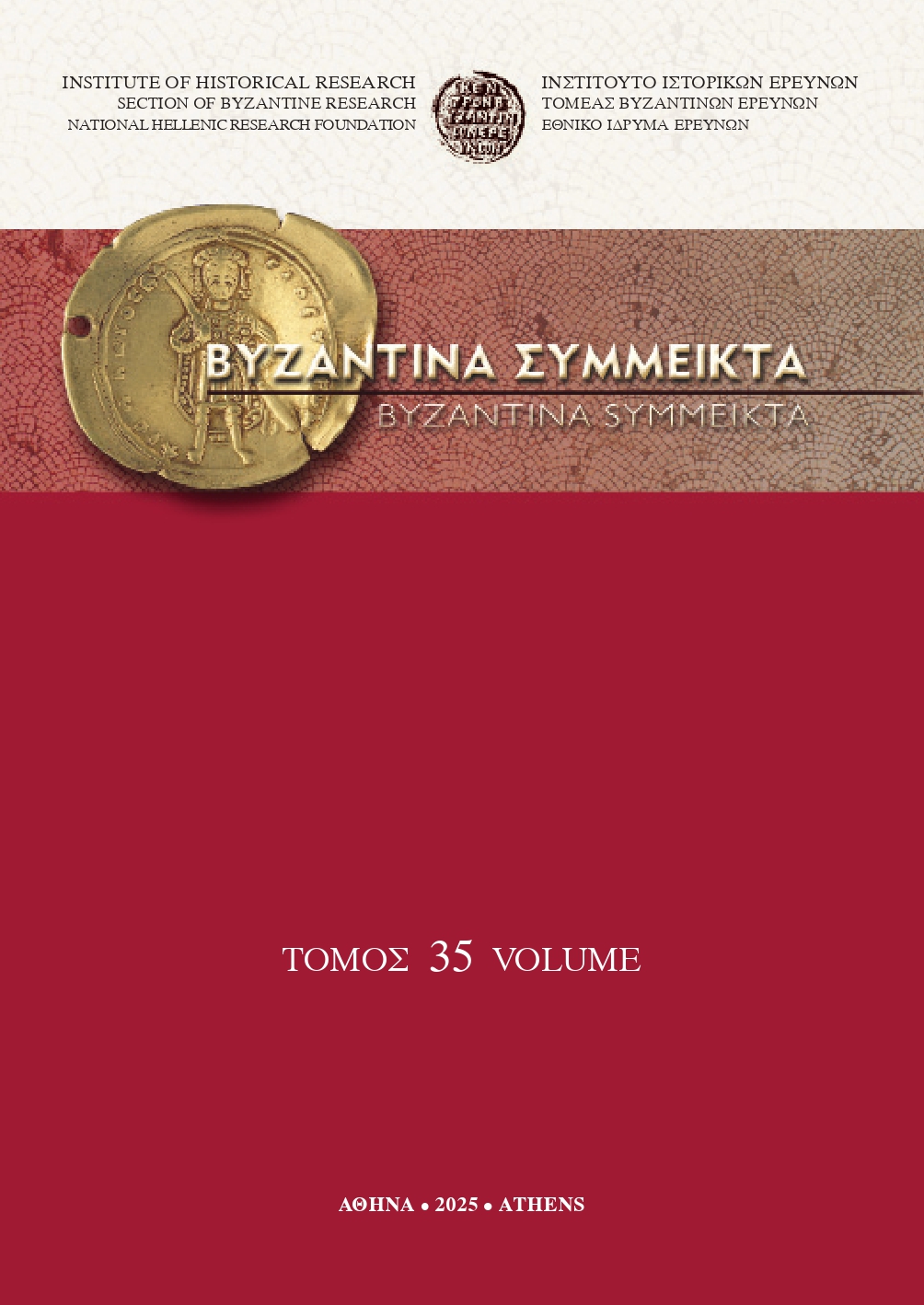Eurasian land routes and the development of hesychast psycho-physiological techniques in the thirteenth Century: New Perspectives on Byzantine Orthodoxy and the Global Middle Ages

Abstract
Mādhavacandra’s Amṛtasiddhi, the earliest Yoga manual in Sanskrit, was probably composed in the Deccan Plateau of Southern India sometime during the second half of the eleventh century CE and certainly before 1160. The thirteenth century marked the transmission of meditative techniques focusing on breathing control, through the Ilkhanate in Central Asia and Anatolia. The Islamisation of Amṛtakuṇḍa seems to have been instrumental in appropriating Hindu-Buddhist techniques in Sufism and Kabbalah. The aim of the article is to explore the journey of meditative wisdom and technique from Southeastern Asia to the Mediterranean, attempting to reconstruct possible routes and the influence of meditative techniques on the pre-existing --but dynamically reshaped during the thirteenth and fourteenth centuries-- tradition of Hesychasm in Asia Minor and Mount Athos. The article closes with a number of desiderata for future research.
Article Details
- How to Cite
-
KYRIACOU, C. (2025). Eurasian land routes and the development of hesychast psycho-physiological techniques in the thirteenth Century:: New Perspectives on Byzantine Orthodoxy and the Global Middle Ages. Byzantina Symmeikta, 35, 43–67. https://doi.org/10.12681/byzsym.36325 (Original work published March 6, 2025)
- Issue
- BYZANTINA SYMMEIKTA 35
- Section
- Articles

This work is licensed under a Creative Commons Attribution-NonCommercial-ShareAlike 4.0 International License.
Copyright: The copyright for articles in this journal is retained by the author(s), with first publication rights granted to the journal. By virtue of their appearance in this open access journal, articles are free to use (with the exception of the non-granted right to make derivative works) with proper attribution for non-commercial uses (licence Creative Commons 4.0). NHRF retains the worldwide right to reproduce, display, distribute, and use articles published in BYZANTINA SYMMEIKTA in all formats and media, either separately or as part of collective works for the full term of copyright. This includes but is not limited to the right to publish articles in an issue of the Journal, copy and distribute individual reprints of the articles, authorize reproduction of articles in their entirety in another NHRF publication, and authorize reproduction and distribution of articles or abstracts thereof by means of computerized retrieval systems.


